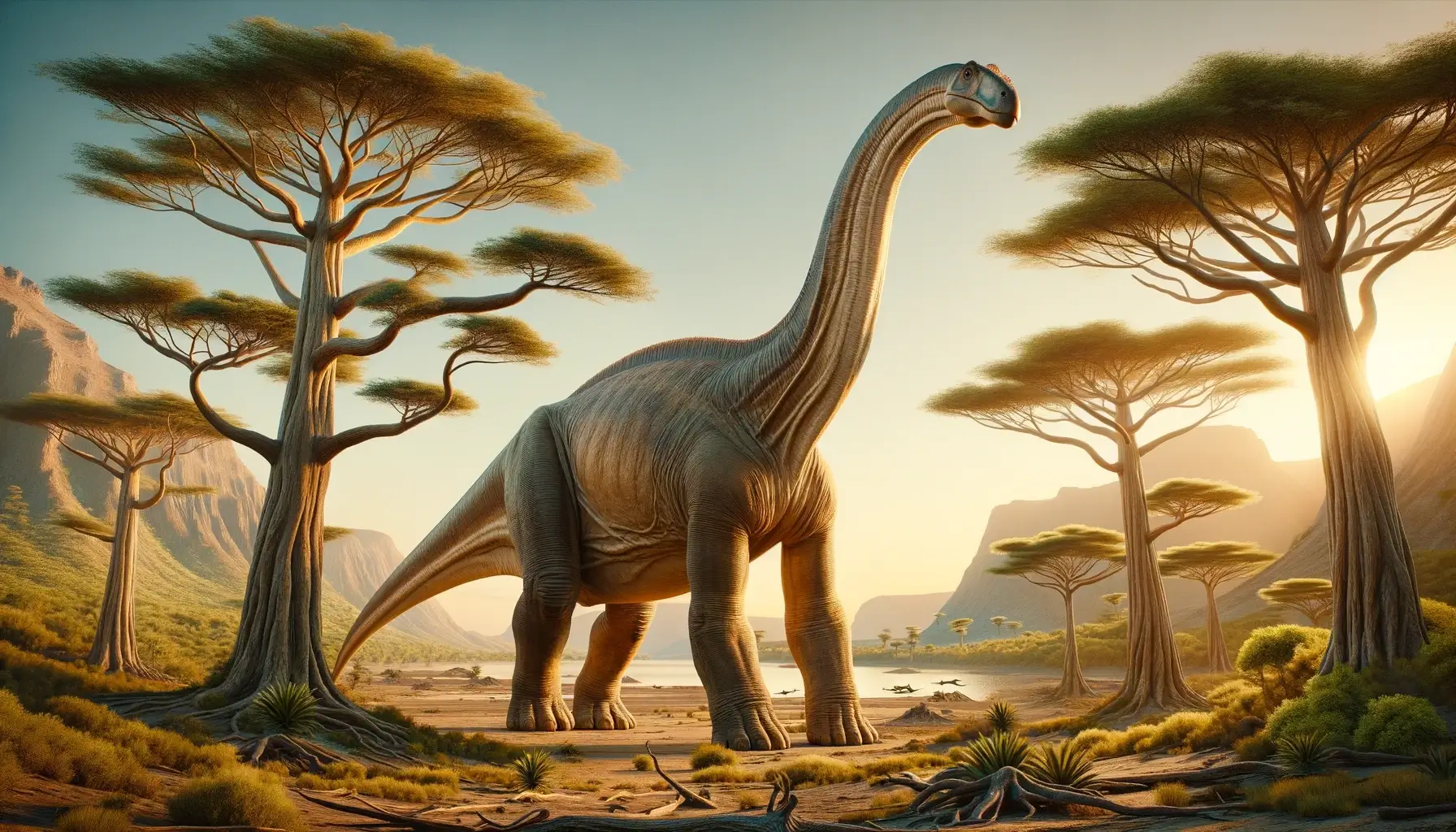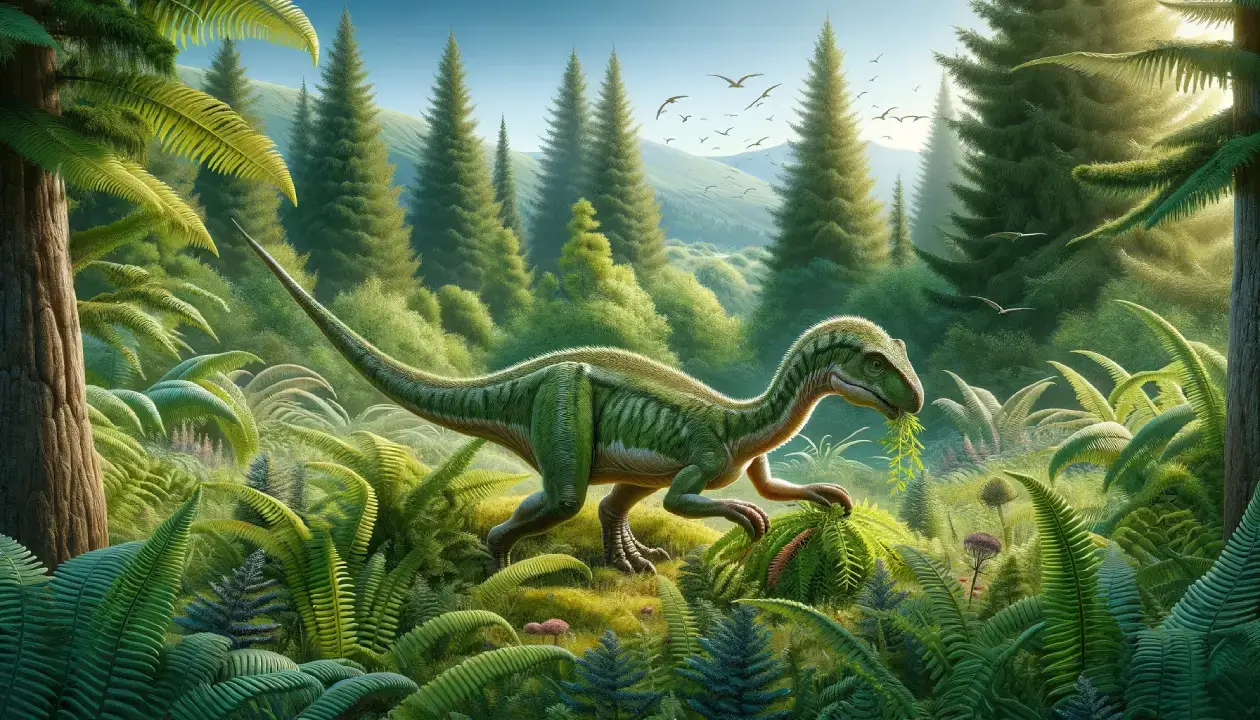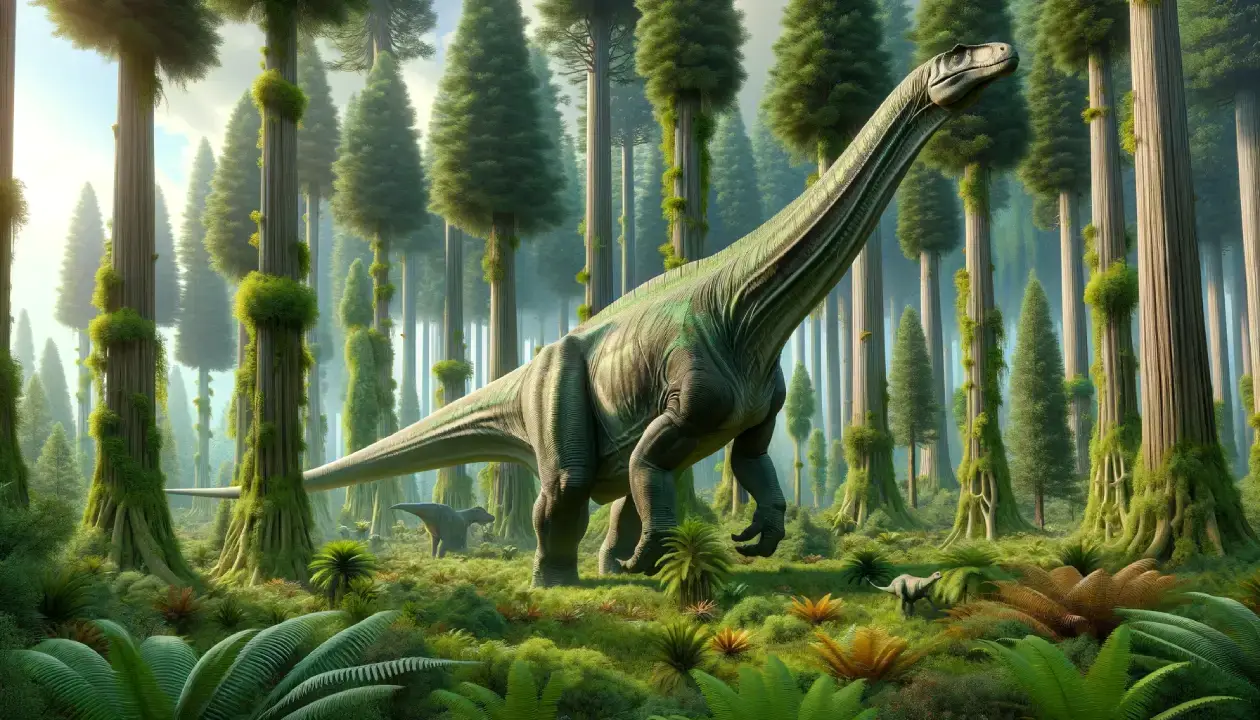Brachiosaurus was a giant sauropod dinosaur that lived in North America during the Late Jurassic period, about 154 to 150 million years ago. It was first described by American paleontologist Elmer S. Riggs in 1903 from fossils found in Colorado. Its name means “arm lizard”, because its front legs were longer than its back legs, giving it a sloping posture. It had a long neck, a small head, and a short tail. It was one of the heaviest and tallest dinosaurs known from complete skeletons.
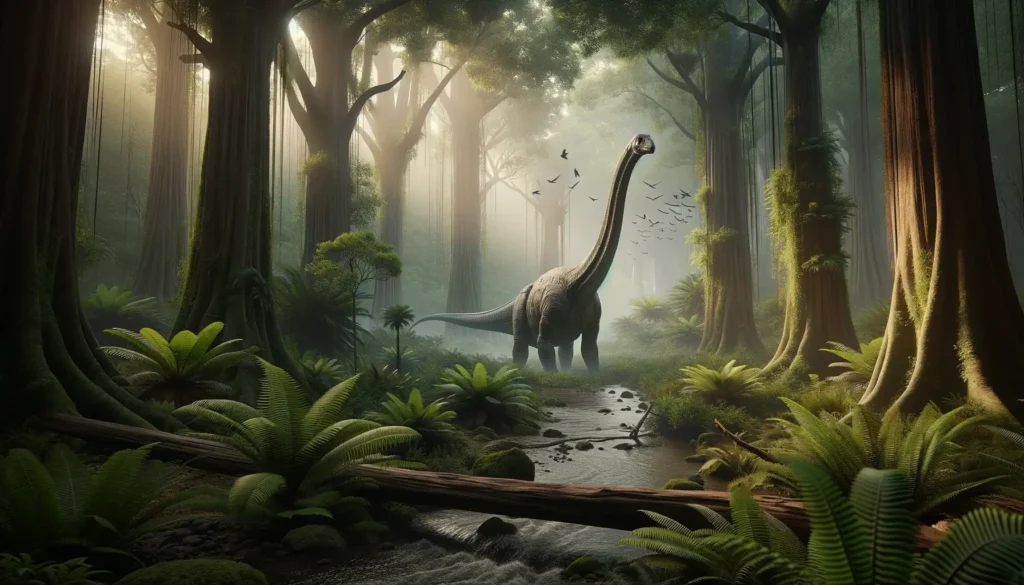
Basic Information
| Feature | Details |
| Time Period | Late Jurassic (154-150 million years ago) |
| Diet | Herbivore |
| Length | 25-27 meters (82-89 feet) |
| Weight | 12-20 metric tons (13-22 short tons) |
| Size | Large |
| Posture | Quadrupedal |
| Locations | USA |
| Continent | North America |
| Type | Sauropods |
| Habitats | Grasslands, Floodplains |
Description of Brachiosaurus
Historical Context
Brachiosaurus was the first sauropod dinosaur to be discovered and named in the 20th century, in 1890 by Othniel C. Marsh. It was found on a farm near the Morrison Formation of Utah and South Dakota, USA, by a fossil collector named Rachel Hatch in 1889. She initially thought she had found some fossilized wood, but later realized it was a bone of a giant dinosaur. A scientific excavation of the site was conducted in 1890, yielding a partial skeleton that included the lower jaw, vertebrae, and parts of the limbs. Additional specimens include two squamosals and an upper skull from Utah and Wyoming. Brachiosaurus was one of the earliest members of the Diplodocidae, a group of sauropod dinosaurs that had long necks and tails.
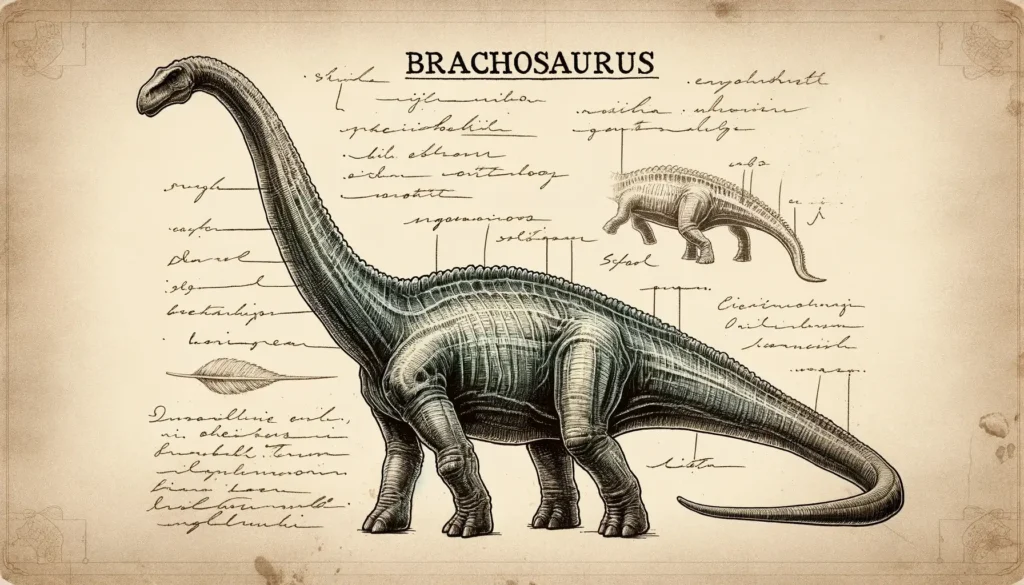
Physical Attributes
Brachiosaurus was a large herbivorous dinosaur that belonged to the group of sauropods, which were characterized by their massive size and long necks. Brachiosaurus had a low-slung body with four sturdy legs and a long tail. Its head was small and narrow, with a long snout and small teeth. Its neck was long and flexible, allowing it to reach high vegetation. Its most distinctive feature was its size, which was estimated to be 25-27 meters (82-89 feet) long and 12-20 metric tons (13-22 short tons) in weight. It was one of the largest land animals of its time.
Feeding Habits
Brachiosaurus was a herbivore that fed on plants such as ferns, cycads, and horsetails. It had a wide mouth that allowed it to take large bites of vegetation. It did not have complex teeth for chewing, so it swallowed its food whole or with minimal processing. It had a large gut that could digest tough plant matter with the help of symbiotic bacteria. Brachiosaurus may have used its long neck to browse on different levels of the forest canopy, avoiding competition with other herbivores.
Unique Features
Brachiosaurus had several unique features that distinguished it from other sauropods and dinosaurs. One of them was its age, which was older than most other diplodocids. It lived about 154-150 million years ago, during the late Jurassic period. It is therefore one of the earliest known sauropods. Another unique feature was its posture, which was more horizontal than vertical. Brachiosaurus held its neck and tail parallel to the ground, rather than arching them upward or downward. This posture may have helped Brachiosaurus balance its massive body and reduce stress on its bones and muscles.
Movement and Speed
Brachiosaurus was not a fast or agile dinosaur. It walked on four legs and had a low center of gravity, which made it stable but also limited its mobility. It could not turn quickly or run for long distances. Its top speed has been estimated to be around 15 km/h (9 mph), similar to a human jogging pace. However, it could make sudden movements when necessary, such as raising its head or swinging its tail.
Cultural Impact
Brachiosaurus has been featured in some books, movies, games, and toys as a popular dinosaur. It is often portrayed as a gentle or friendly creature or as a loyal companion for human characters. Some examples of its appearances in popular culture are Dinosaur King (2007-2009), an anime series where it is one of the main characters’ dinosaurs, Jurassic World Evolution (2018), a video game where it is one of the unlockable dinosaurs , and Jurassic World: Epic Evolution (2024), a toy line where it is one of the featured dinosaurs .
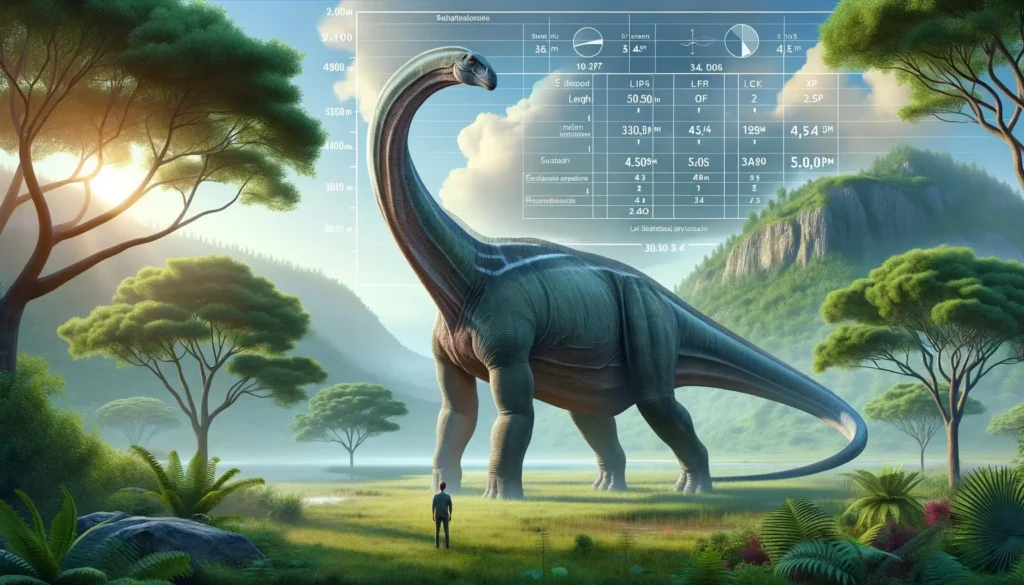
Interesting Facts
- Brachiosaurus was the first sauropod dinosaur to be discovered and named in the 20th century, in 1890.
- Brachiosaurus lived about 154-150 million years ago, during the late Jurassic period, and are now known from fossils in the Morrison Formation of Utah and South Dakota.
- Brachiosaurus was one of the earliest members of the Diplodocidae, a group of sauropod dinosaurs that had long necks and tails.
- Brachiosaurus had a horizontal posture that helped it balance its massive body and reduce stress on its bones and muscles.
- Brachiosaurus had evidence of tumors in its vertebrae, suggesting that dinosaurs were susceptible to diseases similar to those of modern animals and humans.
Related Dinosaurs
- Giraffatitan: A close relative of Brachiosaurus that had a similar size and posture but lived in Africa.
- Apatosaurus: Another close relative of Brachiosaurus that had a larger size and a shorter neck and lived in North America.
- Supersaurus: A more distant relative of Brachiosaurus that had a larger size and a longer neck and lived in North America.

